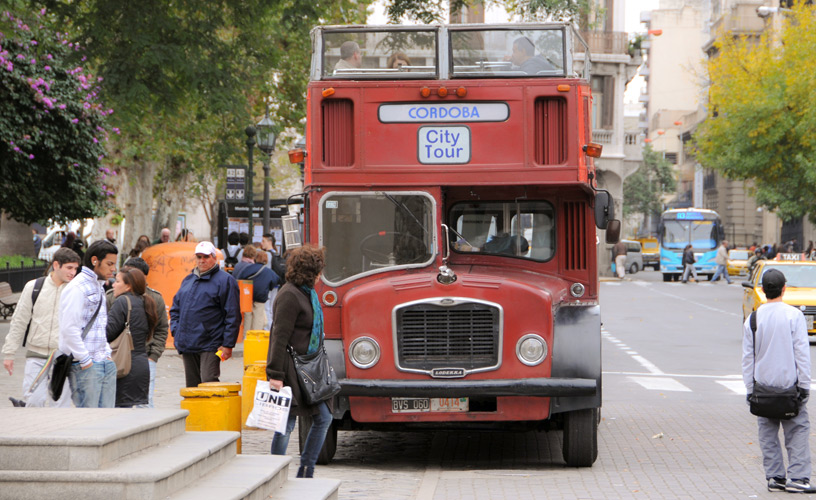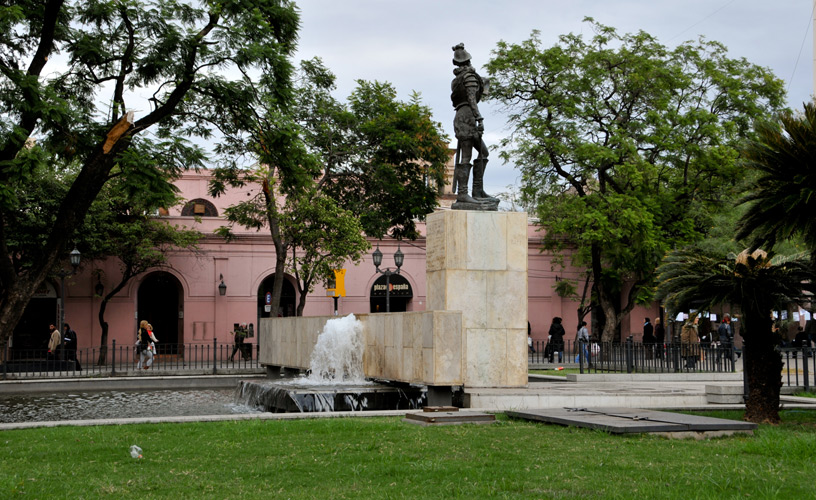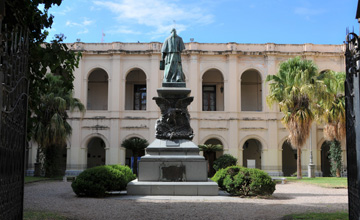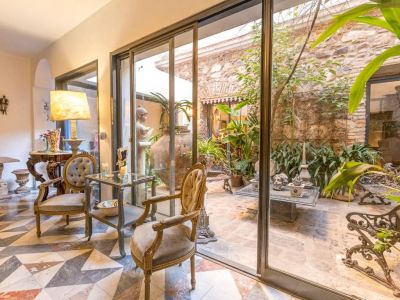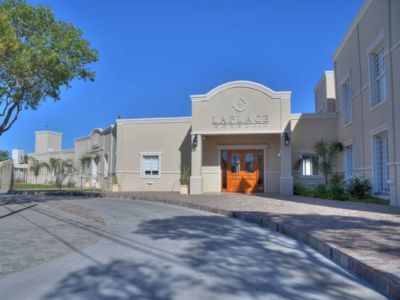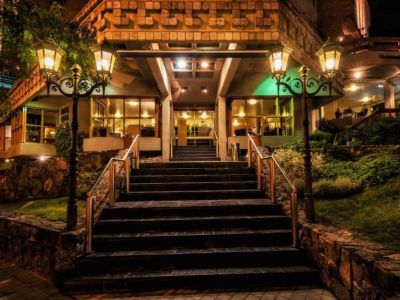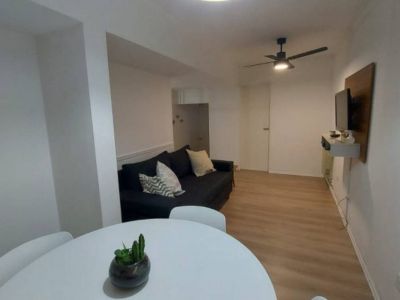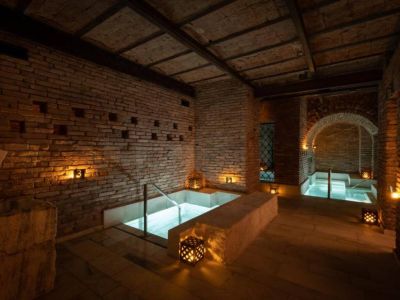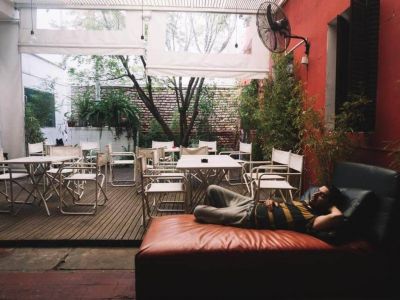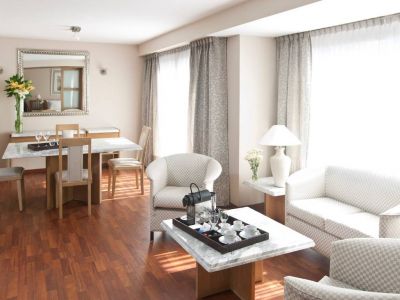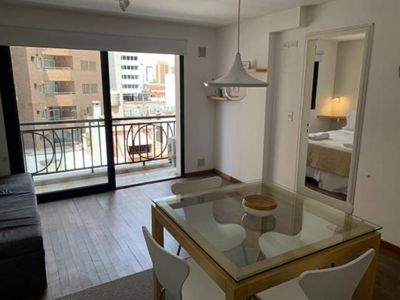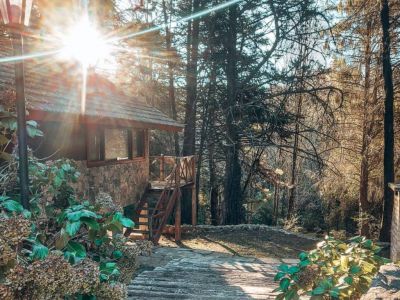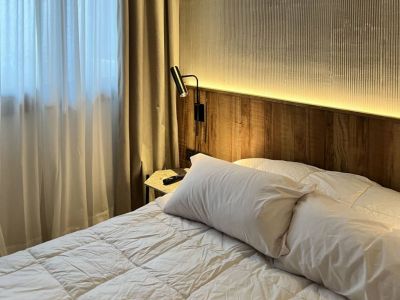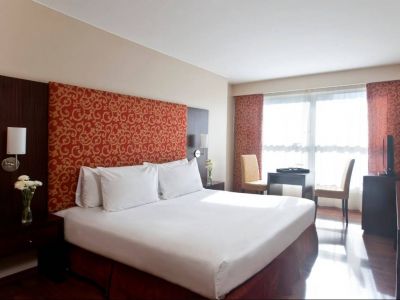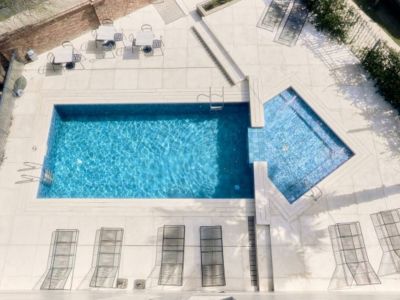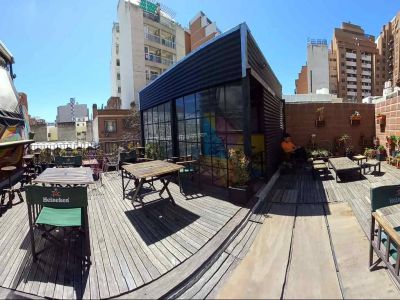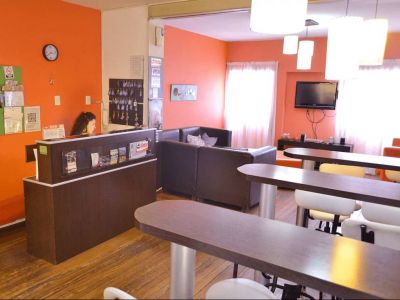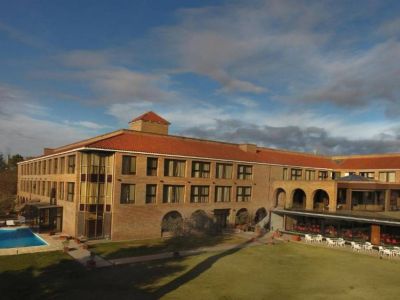When touring Cordoba with a specialized guide, many details show up and allow visitors to understand each corner of the city and its origin better.
Enthusiastic about getting to know
the city at a "blink of an eye", we sat on the top of the bus to see the center and the typical neighborhoods while getting the information that our stay required. Sitting on the top of the bus and before setting out, Marina, our guide, told us in an entertaining way how life was carried out more than four hundred years ago when Cordoba was part of the Viceroyalty of Peru and when the religious order of the Company of Jesus settled down there. We headed slowly towards the cathedral, which together with
plaza San Martin, the
Cabildo and the
Jesuit Square deserve another visit to unearth its century-old secrets. We wandered around high building and the hustle and bustle of a working day. Some of the branches from the huge trees of the city center were above our heads.
First things first, we met the founder of
Córdoba de la Nueva Andalucía 1573, Jerónimo Luis de Cabrera, immortalized in a statue with his high boots and his sword showing his military and Spanish conqueror origins. “Those who didn't visit the gully didn't visit the city", said Marina when crossing the traditional stream that outlines the urban landscape. Its stone construction prevented huge floods unleashing in the area canalizing the water towards the Suquia River and it put an end to the famous stories from the river bank inhabitants. There are thousands of parks and squares that work as green lungs in a city that has spread out and has gone up. We discovered the huge
Sarmiento Park, designed by the French architect Carlos Thays , Sobremonte sightseeing tour,
España and
Italia Square, each one of them with an artistic and esthetic touch in agreement with the time in which they were designed. In all of them the tree species, the water fountains and the great stairs stand out.
The constant growth of the City of Cordoba compelled the construction of several outskirts neighborhoods which, throughout the years, began to develop a typical feature according to its origin. There are residencial areas like Nueva Córdoba, bohemian areas like Barrio Güemes and others with chalets with red tile roofs as hill housing developments. The Buen Pastor facility has been well-known in Nueva Córdoba for years. It is a former jail for women which later on became a cultural and commercial center with restaurants and bars to grab a bite, have a glass of wine or just watch the dancing waters of its main fountain. This is perhaps the neighborhood that has changed the most its original appearance with great palaces, mansions and petit hotels of French Académie architecture. Night life has taken over its streets and pubs; discos and coffee houses are visited by students as they are near the university campus. A well visited shopping mall, Patio Olmos, has become a must for locals and visitors. Spirit before Matter After seeing it all, it was clear to us that religion has ruled the life of people in Cordoba. Particularly because of the great number of churches, convents and chapels built ever since the Jesuits' arrival till the beginning of the twentieth century. The churches show different architecture styles, running from Baroque ornamented with palatial ostentation (golden leaves, varied colors and stems profusion) to classic Renaissance with austere facades and use of local elements like gravel, lime and sand. Some of them depict their varied stages of construction where the test of time becomes evident. Cordoba prepared itself for the Bicentennial feast of the first independent government restoring and highlighting its main historical exponents and creating new milestones like the 100-meter-high lamp in Sarmiento Park and sculptures created by two hundred metal rings located in Plaza del Centenario, which reflect the most important events year after year. We saw a strange building which turned out to be the new government house, first stage of a project called Bicentennial Civic Center. It will host the provincial public administration and a conventions center together with two bridges that connect the building with the city center over the Suquia River. Intelligent buildings, road junctions with traffic monitoring, protection of the heritage of the city that cannot be demolished or the City of Arts are some of the tour destinations that surprised us. On the way back to San Martin Square, we were puzzled by the cable car and the fact that there was a reproduction of the cathedral in the tiles and the cobble-stones in front of the building. A lot has been done in the current landlocked city since the days of Marquis of Sobremonte, mayor of the town of the dirt roads who gave importance to local attractions and an interesting running water system. Cordoba is amazing, lively and never seems to stop with its incessant changes. Mónica Pons
Eduardo Epifanio
Cell phone: +54 351-5378687
Phone: +54 351-4245341
